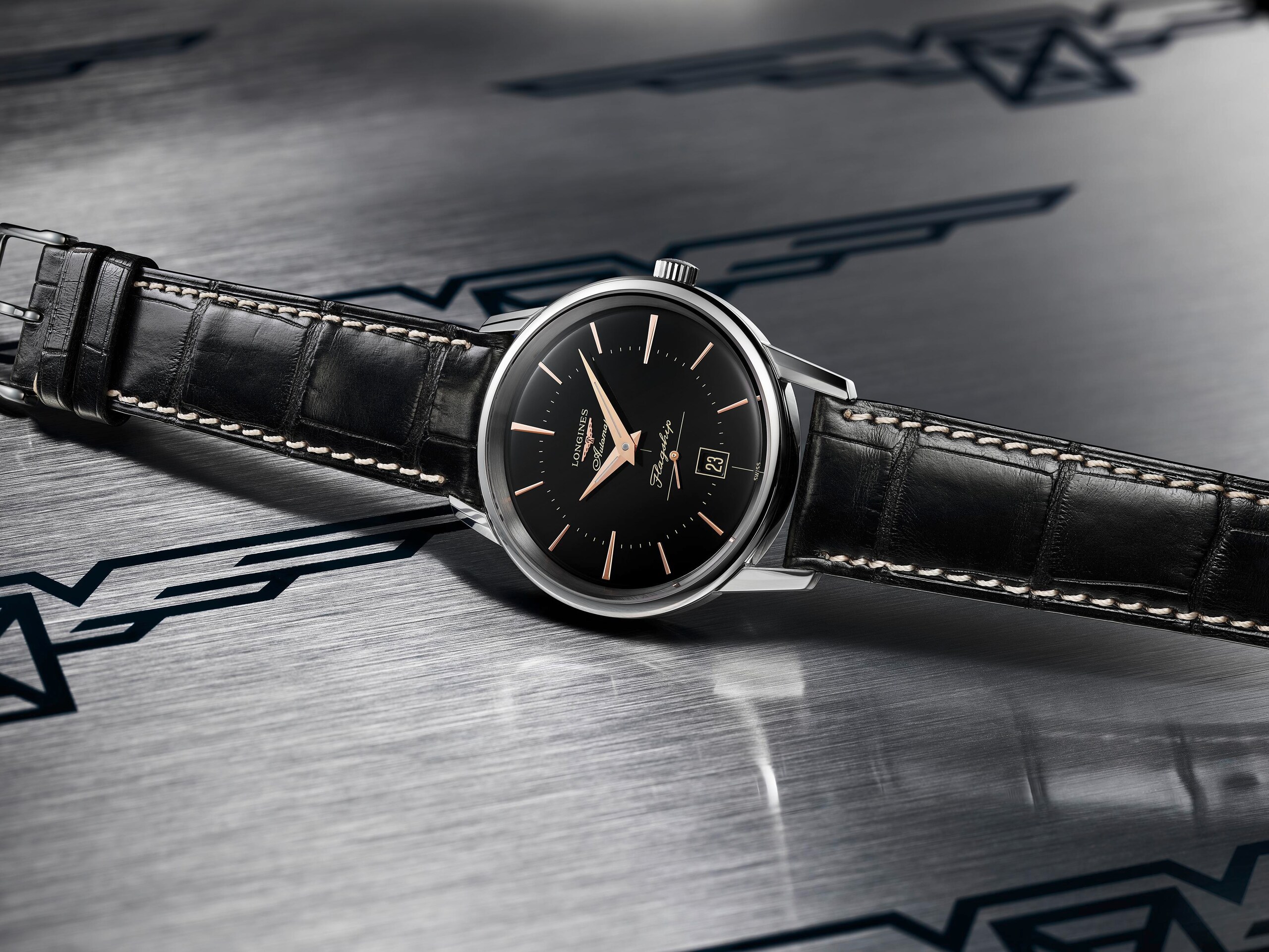
Leather Straps
Leather has had countless uses since time immemorial. Processing leather has always involved a variety of different crafts, most of which are still practised today.
While technical progress has facilitated manufacturing, the process itself has in fact changed very little over the centuries.
FROM LEATHER TO STRAP
The hides and skins are prepared for their intended use. They are split between an upper and a lower layer of material, both of which will be made even, smoothed, and then dyed. The resulting material is subsequently processed in various ways to obtain the desired dimensions, suppleness and finish. Now ready to be fashioned into straps, leather blanks are cut, turned in, reinforced, lined, glued, stitched and sewn — operations carried out by expert hands, patiently trained over many years. Some straps are fitted with a classic pin buckle while others will feature a folding safety clasp. Generally speaking, there are three types of strap: sports, classic and fashion. They are all inspected for robustness, tensile strength and resistance to abrasion and various types of stains. The only variable is the degree of resistance to wear and tear and general appearance of the strap, depending on the activities to which it will be subject.
PROTECTED SPECIES
Today, most hides used to produce leather are supplied by traditional breeding methods. Like all Swatch Group companies, Longines scrupulously complies with the terms of the Convention on International Trade in Endangered Species of Wild Fauna and Flora (CITES), which Switzerland has signed. This convention stipulates that a certificate of origin and a guarantee of compliance must be provided for certain types of hides and skins. Whatever species the hides and skins may come from, all are supplied exclusively by officially recognised, fully inspected breeders.
LOOKING AFTER A LEATHER STRAP: SOME PRACTICAL TIPS
Since it is made from a natural material, the leather strap fitted on a Longines watch will last a long time if a few precautions are taken and minimum care is applied. As a general rule, avoid bringing a leather strap into contact with any chemical or natural substances likely to damage or discolour it. If in doubt, it is always wise to protect the whole watch.

- Protection against heat: Never place a leather strap near a source of heat – open fire, radiator or heater, oven or cooker.
- Protection against light: Avoid leaving the strap exposed to strong direct light, sunlight or a powerful lamp over a long period.
- Drying a wet strap: Leave a wet or damp strap to dry at normal room temperature, preferably even in a cool place.
Clean a stained or dirty leather strap straight away. Two cleaning methods are recommended:
- Cleaning with water: A damp cloth is particularly suitable for straps made of smooth or grained leather. Even if the leather is very dry, make sure that it does not absorb too much liquid.
- Cleaning with a brush: This method is recommended for nubuck types of leather or suede; it will remove dust and dirt and refresh the surface fibres.
Do not use a solvent.
Whether it is fitted to a traditional or a contemporary Longines watch, a leather strap that is handled properly and cleaned regularly will last for between six months and a year. Obviously, this depends on the wearer and his or her activities, the climate and the environment in which the watch is worn, as well as the metals and other substances (cosmetics, perfume, jewellery, fabrics, etc.) which come into contact with the strap.
Discover more articles
View all